
Monday was our last day in Kos; we were due to fly home on Tuesday morning. So, we went in search of those places we hadn’t yet found.
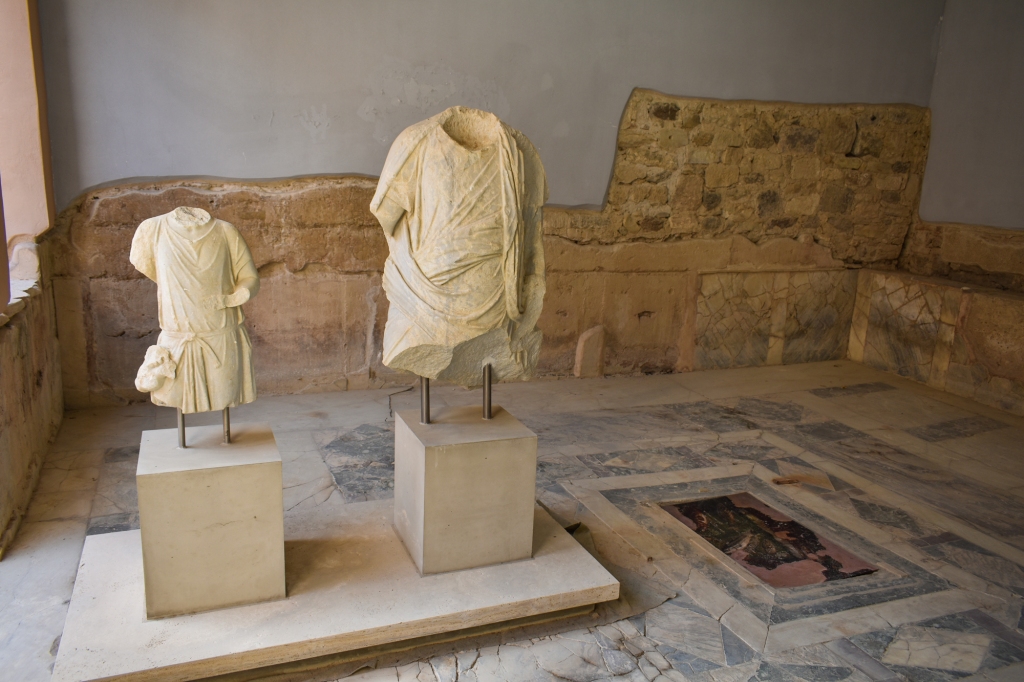


First on our list was the Casa Romana, a Roman house dating from the 2nd century, built on the ruins of an earlier Hellenistic house. The building has been restored sympathetically and displays many artifacts discovered during excavation. As much of the place is under cover, masks were necessary to protect the staff and other visitors. In fact, we encountered only a couple of other tourists during our walk around the place.


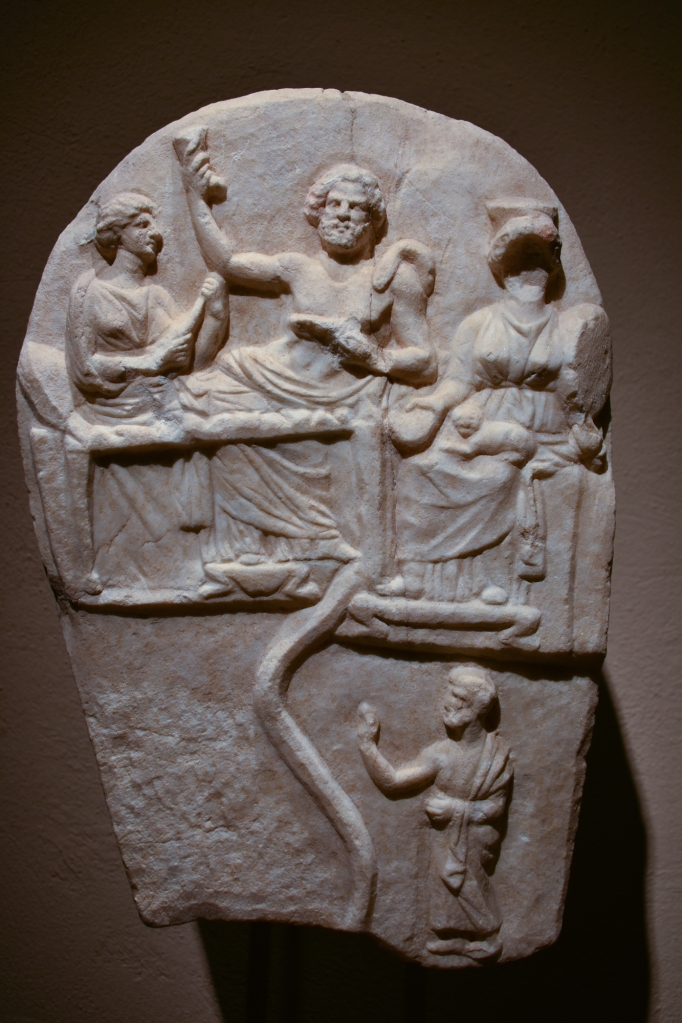


You get a taste of the lifestyle of those early inhabitants, and there are some exquisite examples of the craft of the times in glassware and pottery. In one of the three atria I spotted a tortoise nibbling the sparse grass. Outside, is a site still under excavation (halted temporarily due to Covid) but a part of the exterior is still open for exploring the ruins of earlier buildings, and has evidence of the temporary use of the house as a hospital during World War II. It was a good visit, with plenty of interest to see.


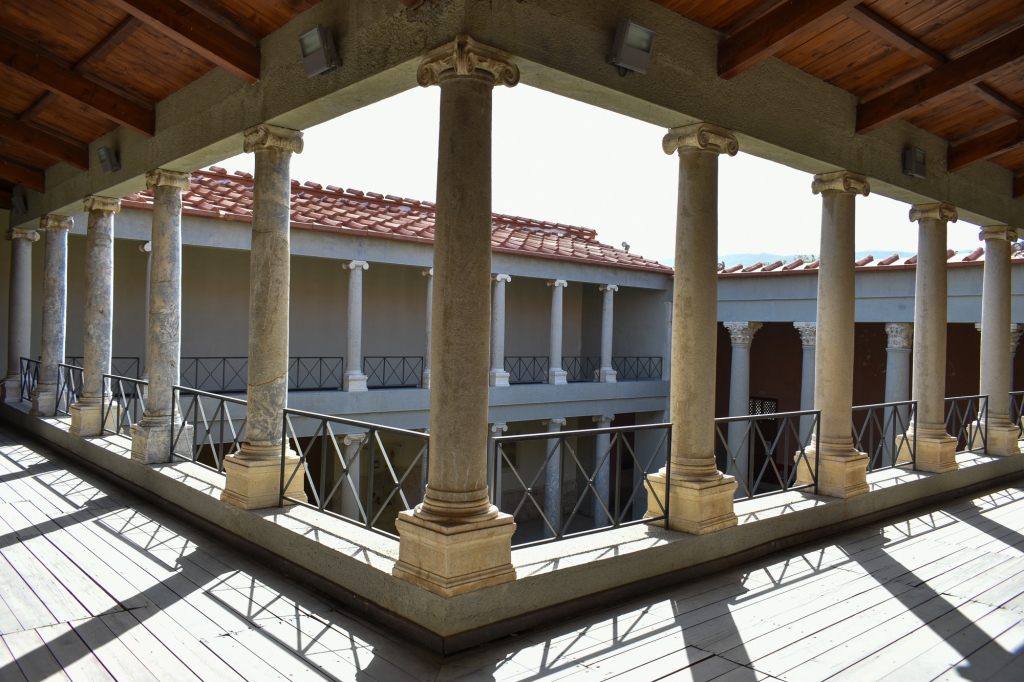


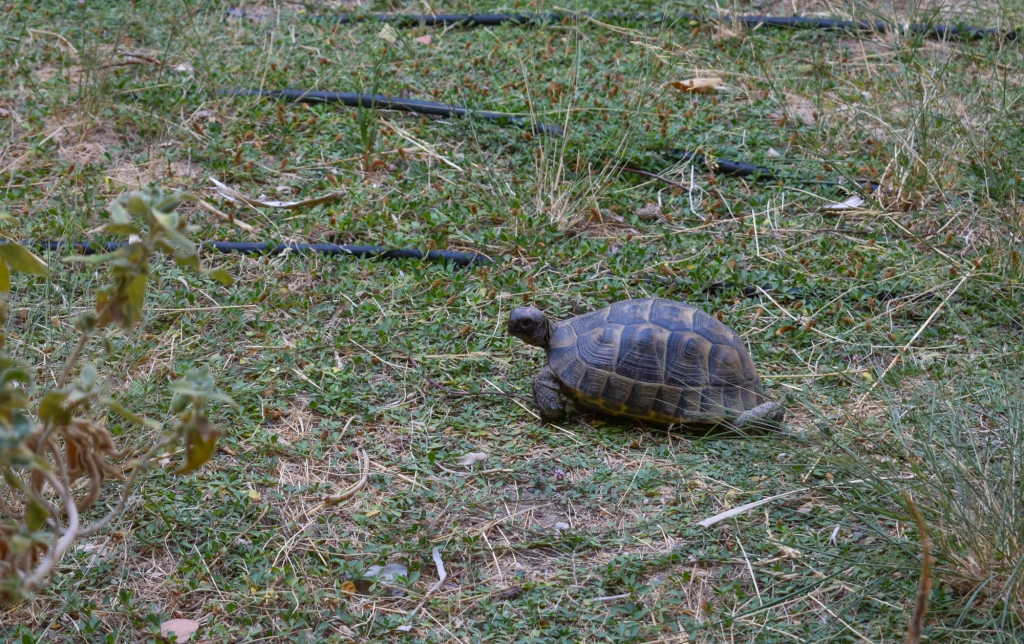



We wandered further into town in search of the Archaeological Museum. As with many places in Kos town, an initial sign points in the general direction, but after that the visitor has to search a little independently. I get hungry at midday, so we first found the museum and then moved across the square to eat and drink at Orfeus, a local taverna.

Refreshed and refuelled, we entered the peace and coolness of the museum. It’s housed in an elegant Italian building overlooking the spacious Eleftherias Square. And the exhibits include findings from excavations in Kos, Rhodes and some of the smaller Dodecanese islands. There are mosaics, statues, statuettes, sculptured reliefs, pottery, glassware and jewellery. Anyone who thinks the ancients were uncivilised need only look at the craftsmanship and creativity that produced these artifacts to realise they were far from barbaric. Some of the work is breathtakingly beautiful. We spent a fascinating couple of hours here. Like the Casa Romana, it required masks but we saw few other visitors during our time there. Definitely worth seeing.

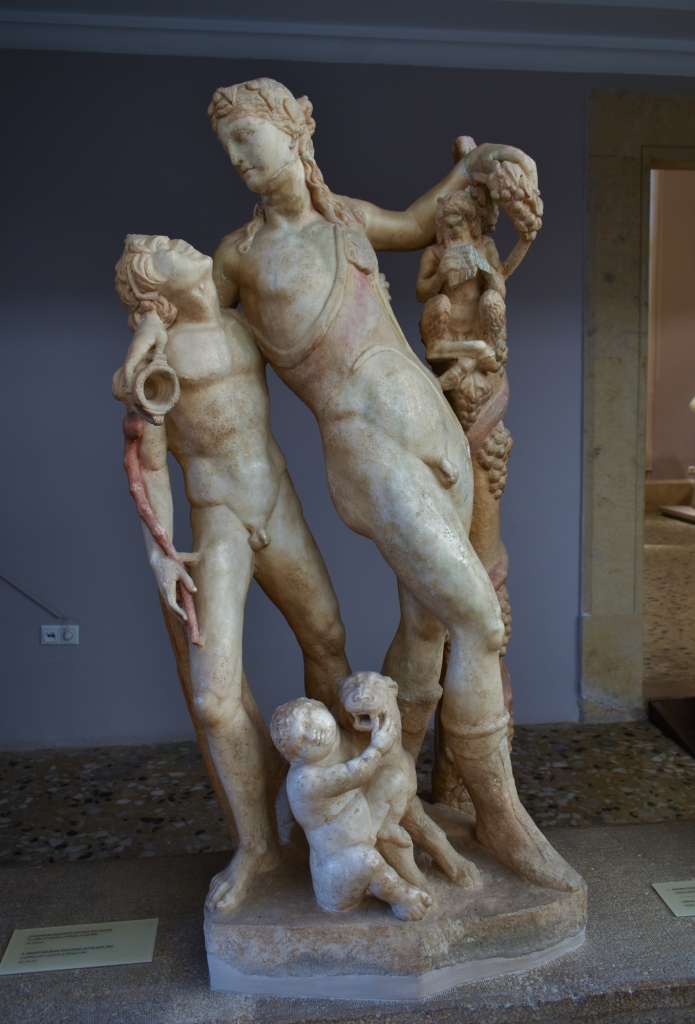


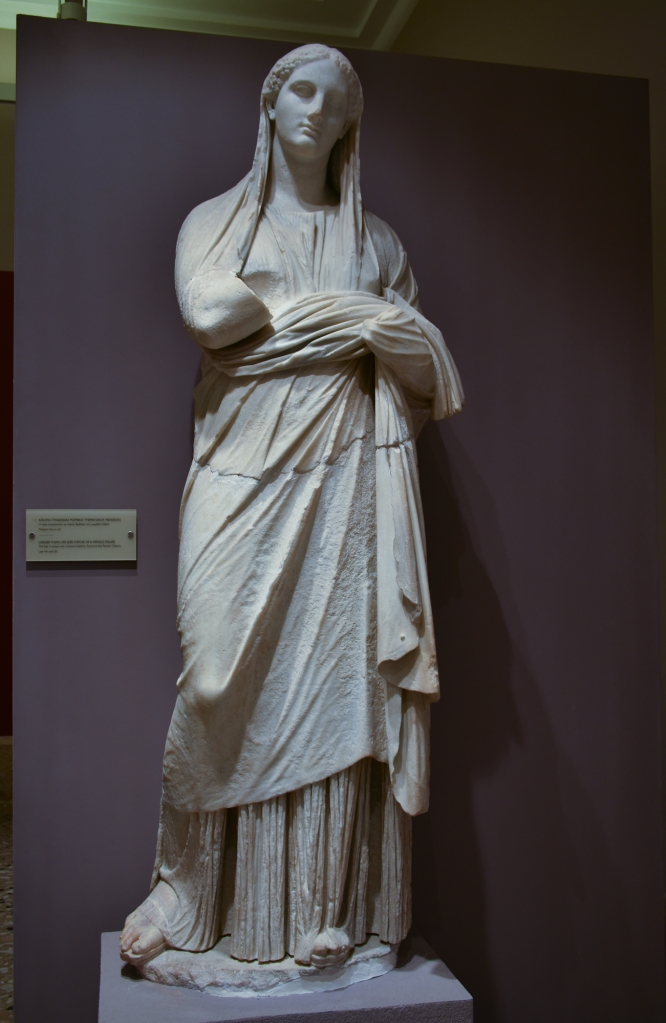
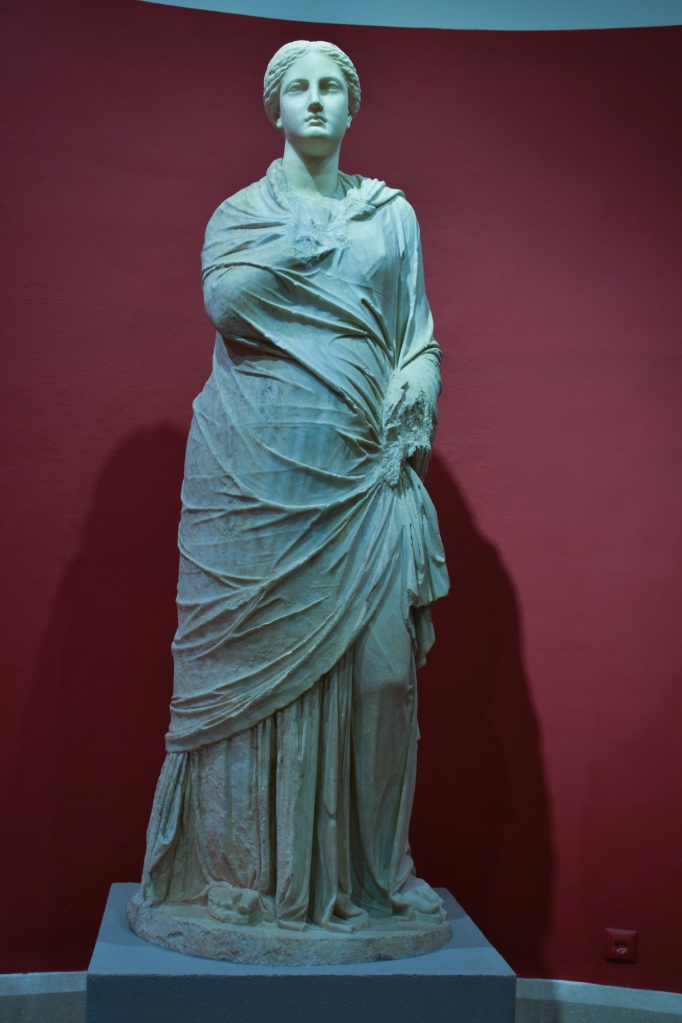







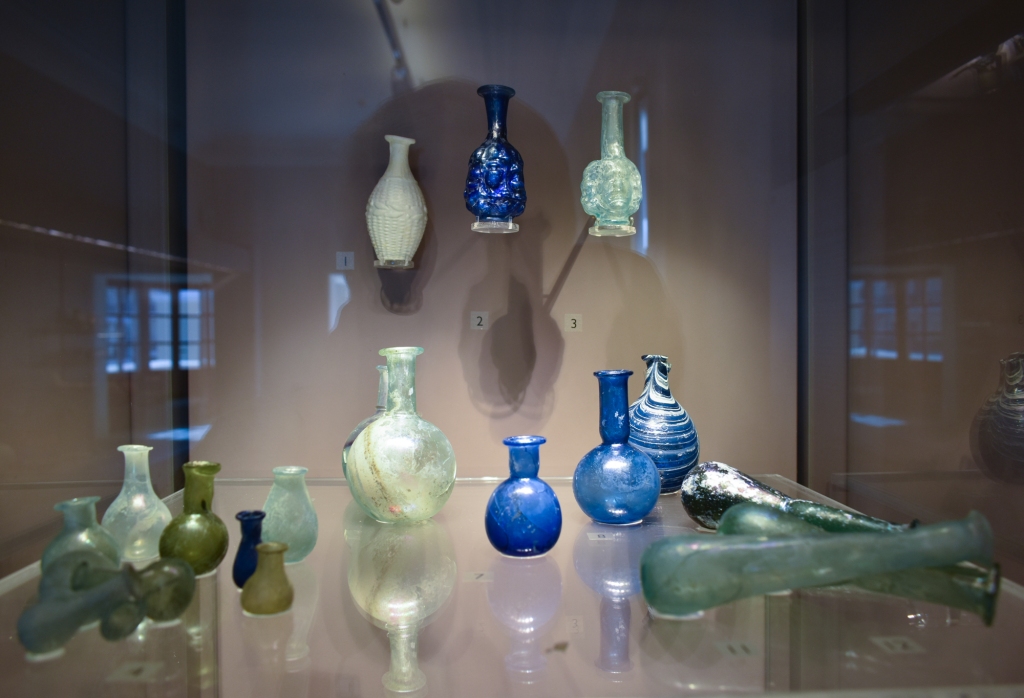

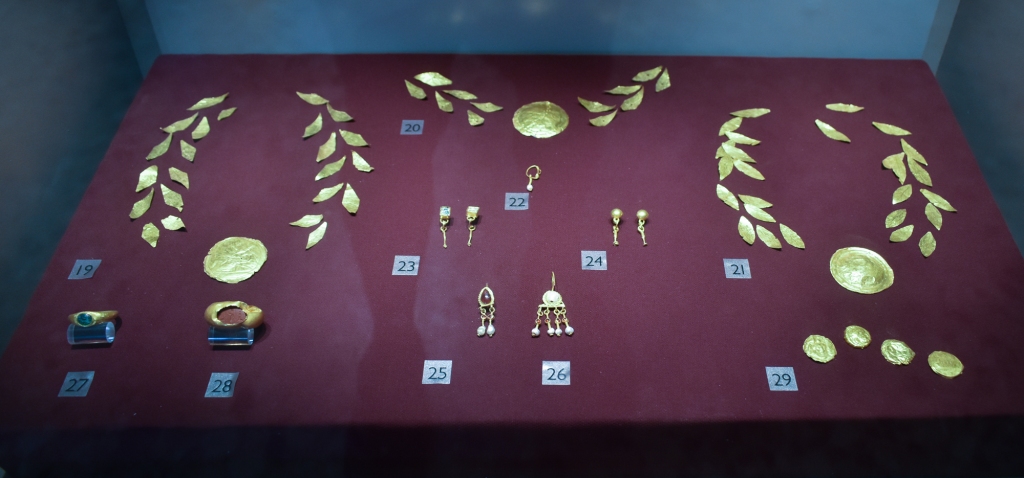

On the way back to the hotel, we found a pharmacy and obtained some cortisone cream to treat the bites I’d received the previous day, as they’d cause my knee, leg and foot to swell a little alarmingly! All back to normal now.
The final evening meal we enjoyed back at Papas, where Apostolis had organised a special bottle of bubbly for us, blue tinted and delicious! Another excellent meal and a good time.
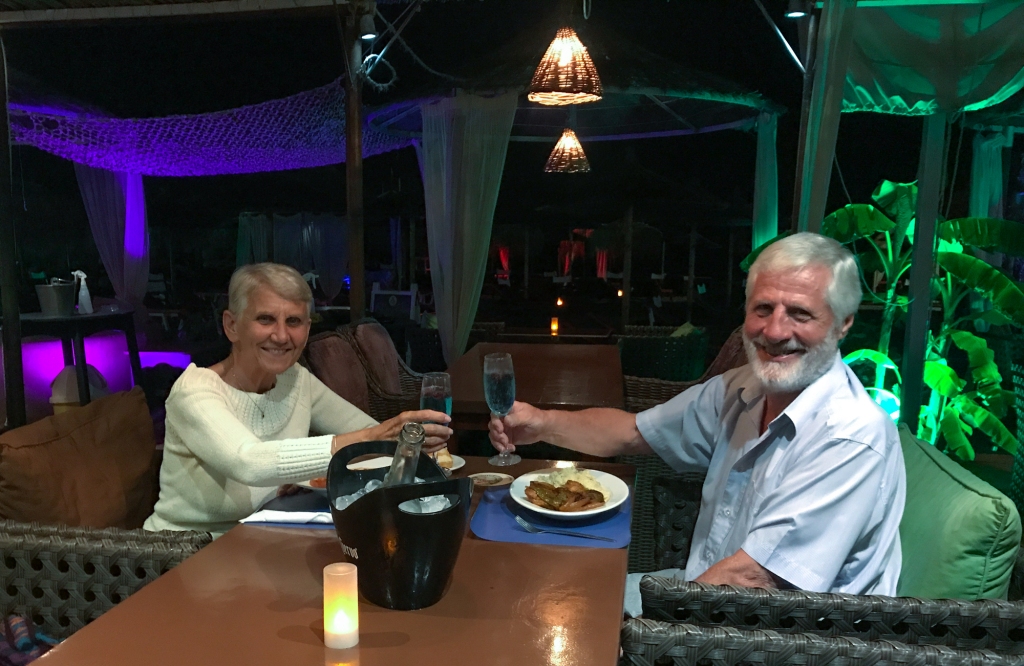
Our last night. But this isn’t the final post; I intend a final, light-hearted piece next week, especially for those who love cats.



Too good – lines and geometry a very favourite photography subject of mine.
LikeLiked by 1 person
Thanks, Trishikh. The Ancient Greeks were noted for their ability to portray perspective in their architecture.
LikeLiked by 1 person
What a beautiful holiday!
LikeLiked by 1 person
It was indeed, Paola. Though not as great as our stay in Italy in 2018.
LikeLiked by 1 person
wow, thank you
LikeLiked by 1 person
I’m glad to hear that there’s one more post about your trip. I have really enjoyed “coming along.”
Those artisans were so talented. The carvings are amazing.
Thanks, Stuart. 🙂
LikeLiked by 1 person
Thanks, Lynette. It always amuses, but also depresses, me when I hear people talk about older civilisations as if they were brutal, unthinking beasts, when in fact they were the foundation of our own ‘civilisation’, and often contained brilliant artists and craftsmen and women among their ranks.
Tha final post will be quite specific, but should appeal to the cat lovers.
LikeLiked by 1 person
I like cats (can’t have any because my M is very allergic) and dogs, too.
LikeLiked by 1 person
We have the same issue, Lynette, except it’s our daughter who is allergic, also allergice to dogs. But we do enjoy their antics.
LikeLiked by 1 person
I love Archaeological Museums and could spend all day in them. There was a great one in Valletta on Malta. I agree the ancients were clever and very artistic. Your pictures are very good.
LikeLiked by 1 person
Thanks, Darlene. When you look at some of the works they created, and consider the tools they had available at the time, admiration is, for me, the uppermost emotional response. Amazing that they were able to do such work with such basic tools, and no artificial light other than oil lamps and candles!
LikeLiked by 1 person